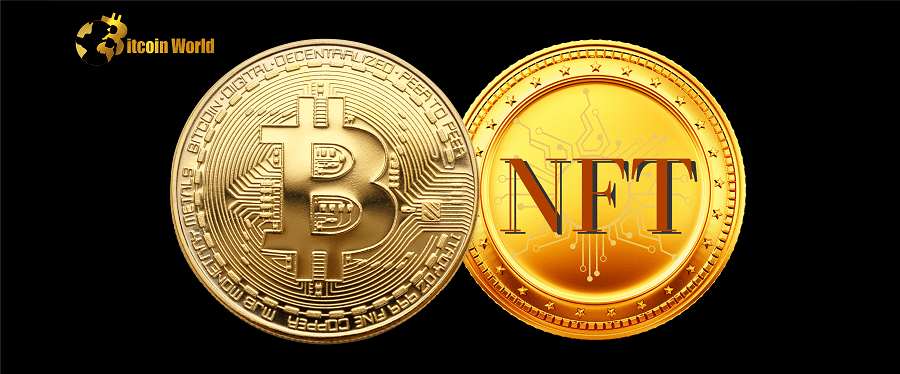The Bitcoin network made history on February 1, 2023, when it mined the largest block ever recorded. An indie developer used the NFT project “Taproot Wizard” to send out the block, which had roughly 4 million transactions.
Despite the fact that the developer and project remain anonymous, the transaction has created quite a stir in the Bitcoin world. Some refer to it as a BTC network attack. Still, the developer, Udi Wertheimer, and former Bitcoin Core developer, Casey Rodarmor, argue that the transaction represents an invention based on the concept of “Ordinals”.
Ordinals were created to address the issue of Bitcoin’s lack of a solid public identity. Because Bitcoin addresses are usually one-time-use and wallet accounts are local, ownership of public and private keys is not transferrable. Ordinals intend to address this by marking each satoshi in each output, so generating a transferrable account or identity for Bitcoin.
The publisher of the NFT project “Taproot Wizard” employs a specific satoshi to refer to a JPG image in order to implement the identification and distribution of the NFT. The concept is novel, but it has aroused some alarm among the Bitcoin community.
The rapid expansion of the Bitcoin blockchain size as a result of large transactions and blocks would raise the requirements for full-node devices. It may potentially weaken the network’s anti-censorship defences. Furthermore, it may have an influence on wallet, mining pool, and browser facilities, resulting in some failures and lowering network security.
In addressing the issue, the Bitcoin community is confronted with a difficult decision. Doing nothing and allowing applications to enter the network in this manner may render the debate over limiting OP RETURN and expanding capacity moot.
It is also difficult to hard fork the network in order to increase the data size limit. It would necessitate updating all nodes, resulting in a loss of decentralisation. A partial agreement among major pools to reject large blocks and transactions would be difficult to implement and would open the door to human block review.
Overall, option one is the most likely conclusion because BTC is so enormous that a seamless hard fork is unlikely. The incident has highlighted the need for a remedy to Bitcoin’s constraints. It also generated a fresh wave of community invention and experimentation.














